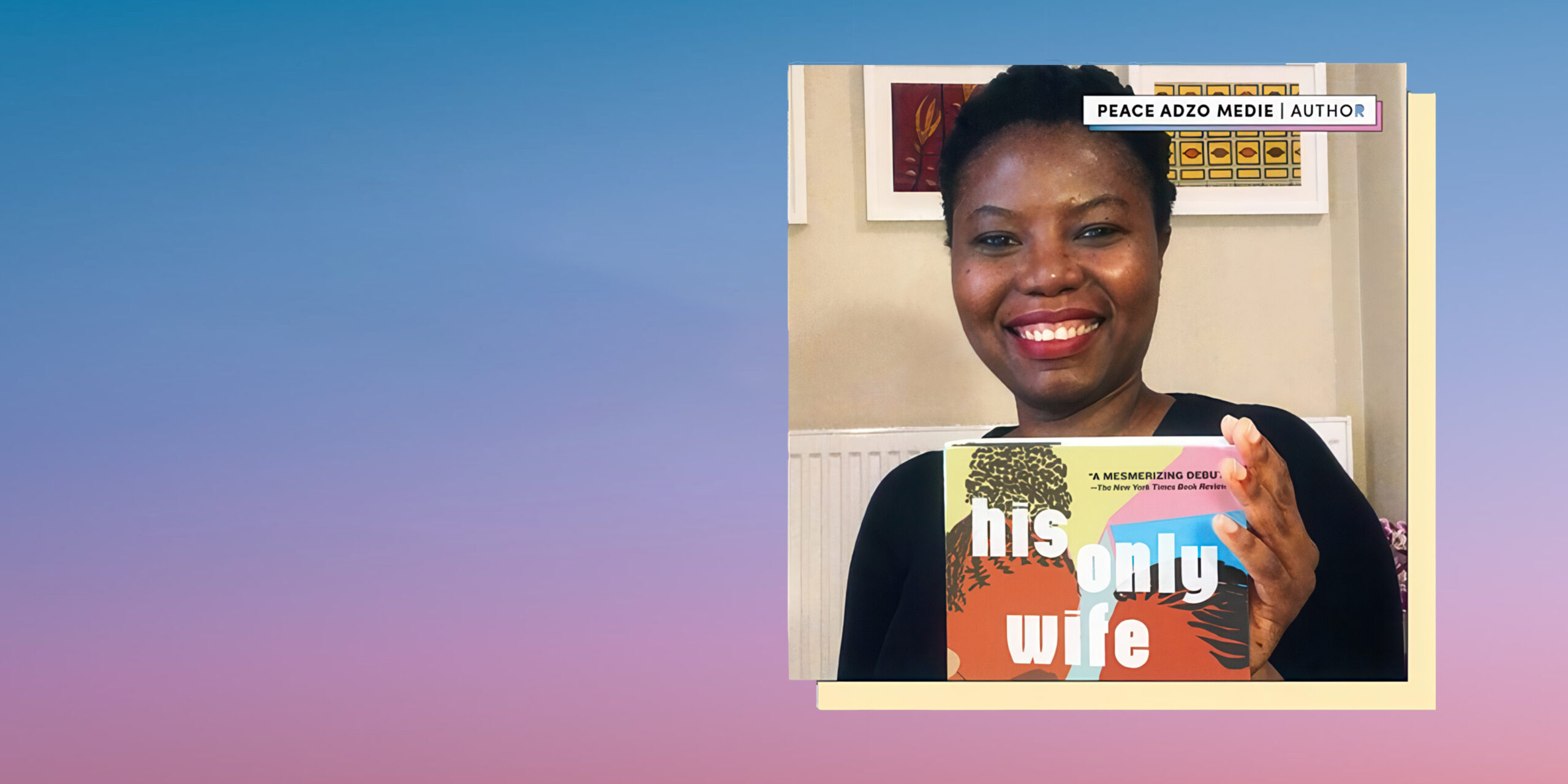Describe your co-writing process. What does a typical writing session look like?
Until recently (more on that later!) we wrote everything the way we wrote Heiress Takes All. Working from a very extensive outline (usually Emily’s handiwork), including dialogue and scene structure and details, we would literally sit in one room together and suggest sentences and paragraphs out loud to each other. Essentially, we would dictate the entire manuscript, exchanging comments and revisions on word choice, pacing and structure in spoken discussion.
Slow? Yes. Fights (or “creative disputes”)? Frequent. Nevertheless, we felt the process helped create a combined narrative voice.
Recently, the demands of our publishing schedule, day job pressures, parenthood and dog parenthood have led us to embrace other methods, most often drafting in iterations where one of us expands on the initial detailed outline in a first pass of the pages and the other refines with edits until we’re fully satisfied.
What is your favorite part about writing as a pair?
In all seriousness, it’s hard to choose just one. It’s wonderful sharing our successes with each other, and having each other to support us, rally us and come up with creative solutions when we encounter setbacks.
It’s also incredibly helpful and inspiring relying on the other’s writing strengths. We have learned from each other and grown as writers and relied upon each other for the challenges of creating each manuscript.
As for the parts of the writing process itself, our favorite part of cowriting is coming up with our ideas. Oftentimes one of us will suggest an initial inspiration (a favorite other work, or a situation, or a character) and the other will contribute another meaningful element of plot or character, and each premise ends up as something neither one of us could have invented alone.
What is the most challenging part about writing as a pair?
Conflict is inevitable, and not easy to resolve when writing is so personal and important to us. While we’re very similar in our inspirations and creative priorities, we have our own perspectives, from the minutia of word choice (“a” versus “the”) to whether the pieces of a plot fit neatly enough, we have to negotiate differences of opinion often. No approach to conflict resolution is perfect, but usually, if we push ourselves, we find a “third way” acceptable to each of us, and in many instances, an improvement overall.
How did you both decide to write HEIRESS? And where do you typically find inspiration for your stories?
We often look for inspiration in combining stories, ideas or situations not often combined, and then considering who would be the unlikeliest, most challenged or most interesting character to subject to the plot.
Heiress was no exception. We fell in love with the idea of a fast-paced, high-stakes heist…in the middle of a cream-and-lace, frosting-coated and often equally intensely timed, high-pressure event like a wedding. With this premise on our minds, we looked for an unconventional, intriguing mastermind with a unique connection to the wedding and found Olivia, the daughter furious enough about her dad’s remarriage to get larcenous.
In other works, we’ve played our favorite game of putting together unexpected juxtapositions (“The Princess Bride meets People We Meet on Vacation”! “Austenland meets romantasy”!) or getting into the heads of characters found more rarely in romance or YA novels, like a couple married for years or a pair of coauthors like us.



